What to do with an E and Altitude AdvantageAt point #1 you are coming down in a diving attack on me. I can see you have the altitude and E advantage, but I do however have some time to work with as you are nearly 2K away so I level off in order to gain E. At point #2 I see you are starting to position onto my 6 and are slowly gaining on me. I want to put some pressure on you and start my turn back into you now that I've gained some E. You see me turn back for you and you start to climb up and over the top of me. At point #3 you use up a bit of E rolling over and pulling into me. This is a mistake as you are giving up your altitude advantage to try for a difficult shot. I have plenty of speed to pull up into your attack and deny you the shot and now you no longer have the altitude advantage.

What you should have done is use your speed to gain an even bigger altitude advantage and force me to use my E in a turn to try and climb to you. I however have less E than you and less altitude and trying to climb with you will just result in me being roped and killed as I stall. If I don't follow you up then you can just convert some of that altitude back into speed and dive on my 6 again.
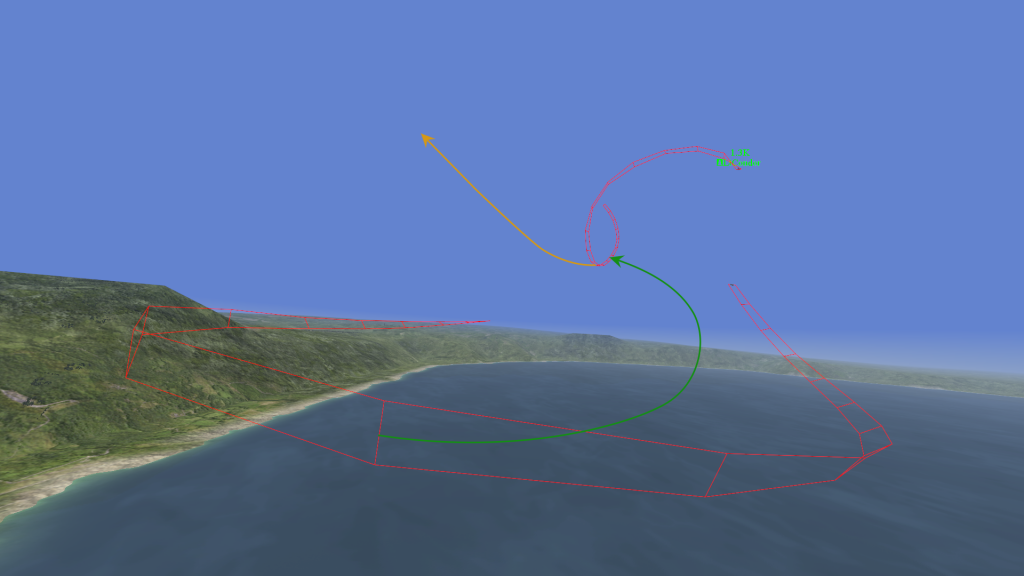 How not to get shot when you overshoot
How not to get shot when you overshootIn this next picture you tried to follow me through a turn and get a shot but I denied you the shot and forced an overshoot. I then reversed my turn into you and got a perfect shot opportunity on you. When you overshoot you have to be aware of which way your opponents nose is pointed and which way you are going. In the image you saw my nose go from pointed away from you to towards you as I reversed my turn for a shot. You continued your path and flew right into my guns. The green lines represent where I am able to get my guns to. You want to fly to the areas where I can not get guns to. You could have gone with option 1: see that overshoot coming, break off your turn, go vertical, and make your opponent bleed E in a larger turn when he reverses his turn. Or, you could have gone with option 2: Know your opponent will reverse his turn, tighten your turn into him as he does, position yourself on the other side of him, climb away, and watch as your opponent uses more E trying to reverse a 2nd time for a shot.
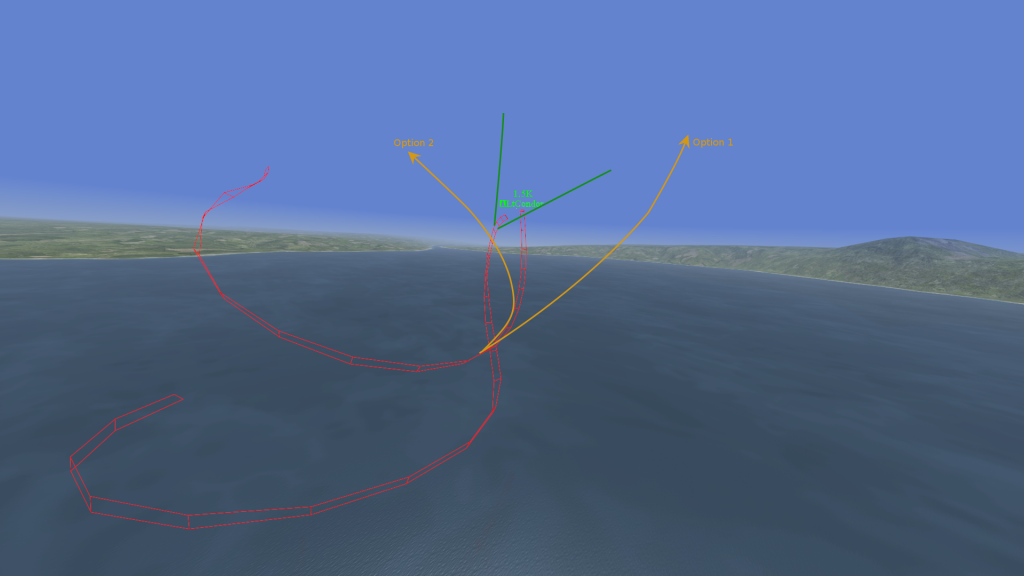
In this next example I am the attacker and you are the defender. My initial attack is denied by your well timed turn. As I overshoot at point #1 I notice you loosen your turn. I know you're saving E and waiting for me to continue my turn into you so you can get a shot, so I deny you that shot by simply loosening my turn and staying off to your side. At point #2 you finally reverse your turn into me for a shot attempt. I see this and make my move and turn into you to deny you the shot. In the little window showing your cockpit view we can see I am successful and you do not have a shot.
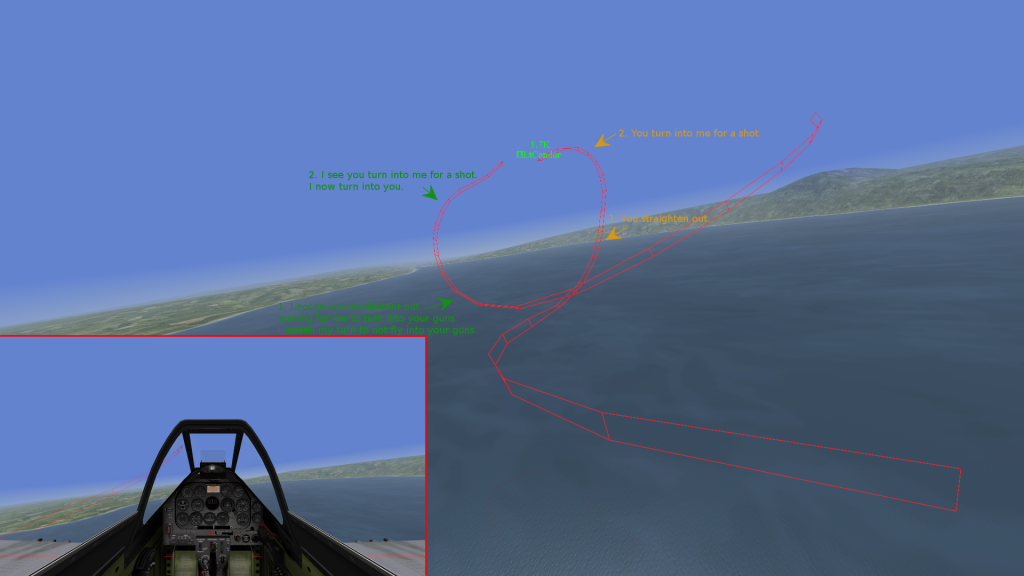 Rolling Scissor: What do I do when my enemy is going up and I'm going down?
Rolling Scissor: What do I do when my enemy is going up and I'm going down?The one thing you seemed to struggle with the most was when the fight turned into a rolling scissors match. In a rolling scissors your goal is not to line up a shot, but to fly to your opponents six o'clock. In this first image I am climbing while you are diving. I can see the exact path you are going to take and I roll my plane over the top and outside your turn to try and get on your six. As I read a trainer explaining the rolling scissors in another thread, you want to put your lift vector behind your opponent to get behind them. (Lift vector might be the wrong term, I'm not a real pilot

)
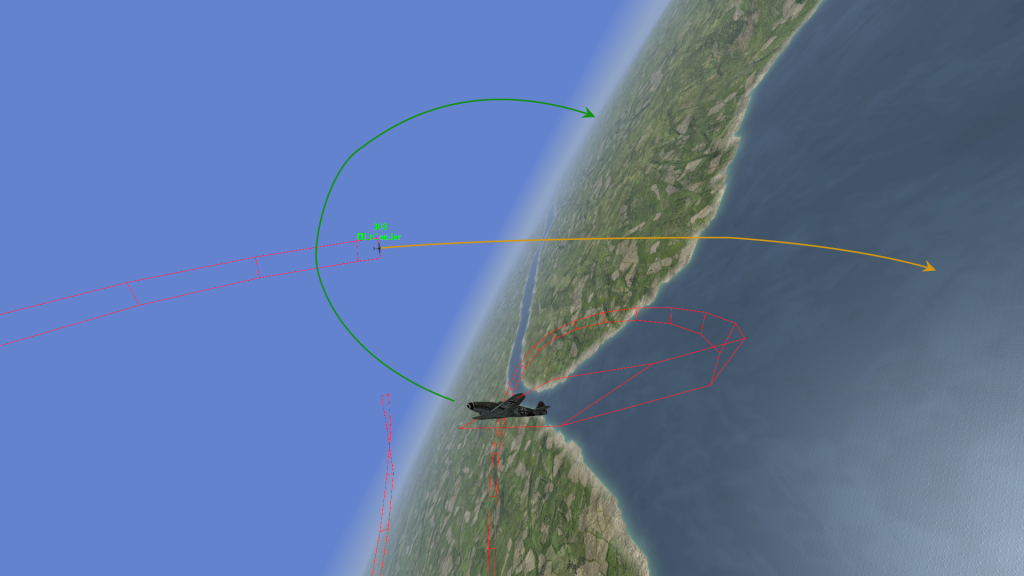
This second image we can see you are turning trying to get a shot on me. This puts your lift vector in front of me and causes the overshoot. What you want to do is turn in below me and put your lift vector behind me in an attempt to get on my 6.
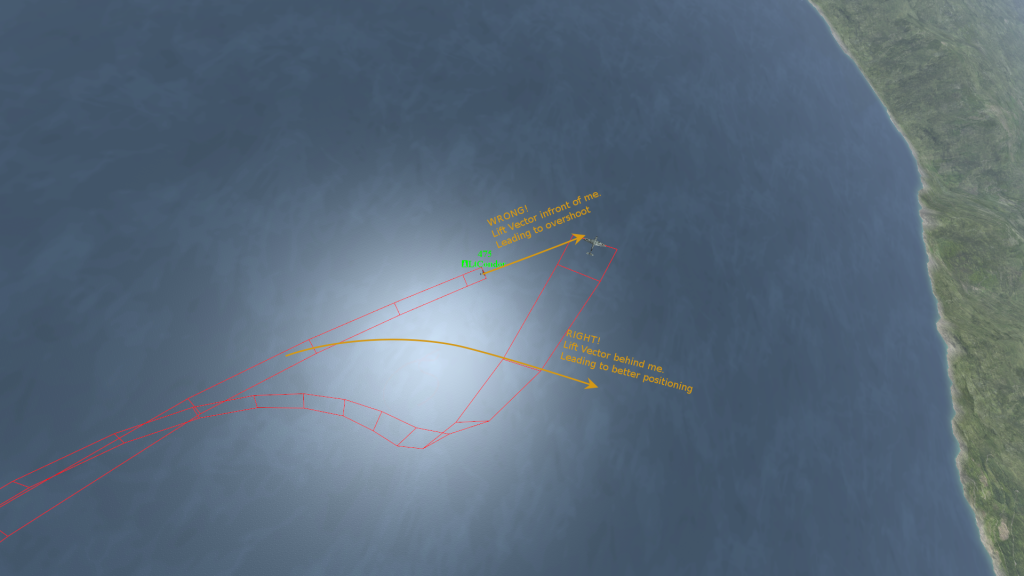
We can see in this last image that you have overshot and my roll over the top, positioning my lift vector behind you, has given me the shot.
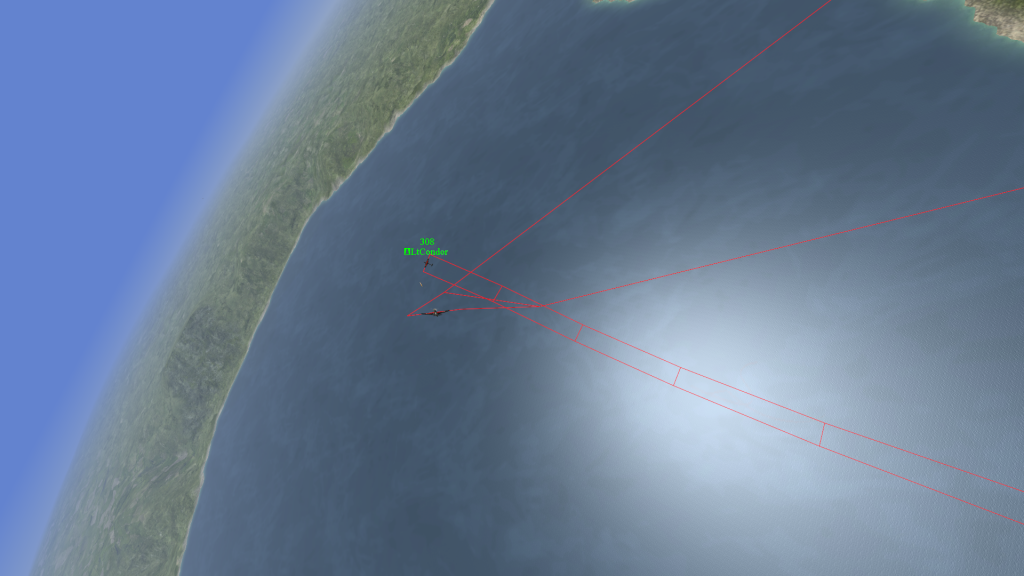
In this side shot I've marked the same amount of flight path we both flew through the rolling scissors. Mine is a lot shorter than yours because of my steeper climb which was a result of me positioning my lift vector behind you. I travel foward a lot slower than you and force the overshoot. As the saying goes: "The shortest distance between two points is a straight line." You're path was straighter than mine so you reached the next point before me.
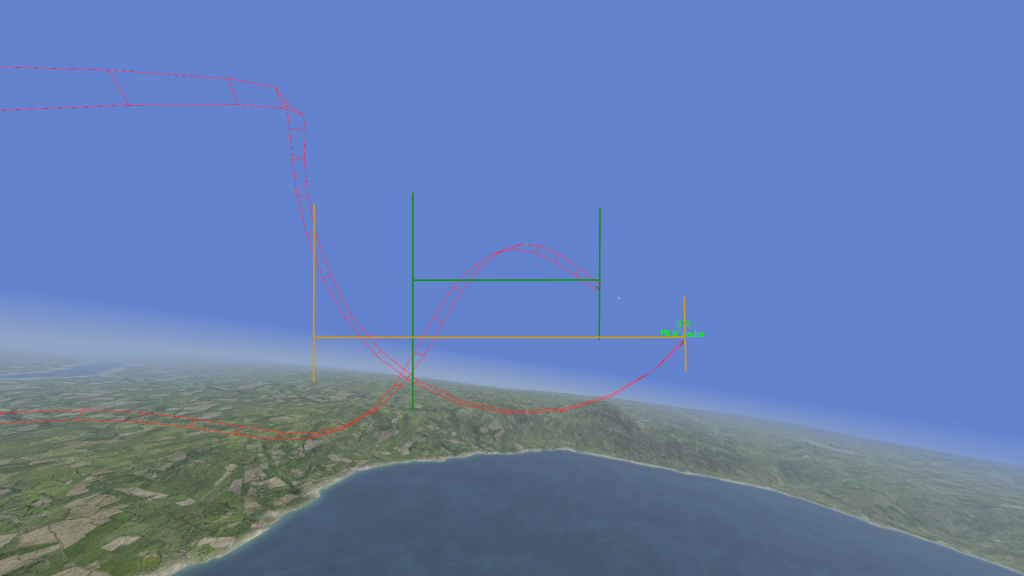
Links for anyone interested. Maybe you trainers and experts can tell me if I did good?
 http://www.mediafire.com/download/kowhhris6wbcny6/Lt.ahfhttp://www.mediafire.com/download/6lox78qyao5ttjj/Lt2.ahfRandom Latrobe Thought
http://www.mediafire.com/download/kowhhris6wbcny6/Lt.ahfhttp://www.mediafire.com/download/6lox78qyao5ttjj/Lt2.ahfRandom Latrobe ThoughtWhen you're dogfighting, you're not flying your plane because you can. You are flying your plane in response to whatever move your opponent makes. If someone is diving on me from 5 o'clock high, I'm not making a right turn because I think it looks pretty. I'm making a right turn because someone is diving on me from the right! And, that pilot diving on me isn't pulling back on his stick to climb because he likes altitude. He's pulling back and climbing because I've turned into him and foiled his shot. So in a weird way you are flying both your plane and your opponents plane. You're 800 off his 6 and you want him to break right? Position yourself off to his right and he'll break that way (if he's smart that is). Boelcke's rule #6 says to break into the attack and don't expose your six, so he will break right or he will expose his 6 to you. It's kind of how I force a lot of people to auger when I'm fighting on the deck. They're looking for an opening to dive on me, so I give them the shot they want... only I positioned myself beforehand so they have to make a steep approach to me. Then when I foil their attack at the last moment with a BRD they are going too steep and too fast to pull out of the dive and smack into the ground.
